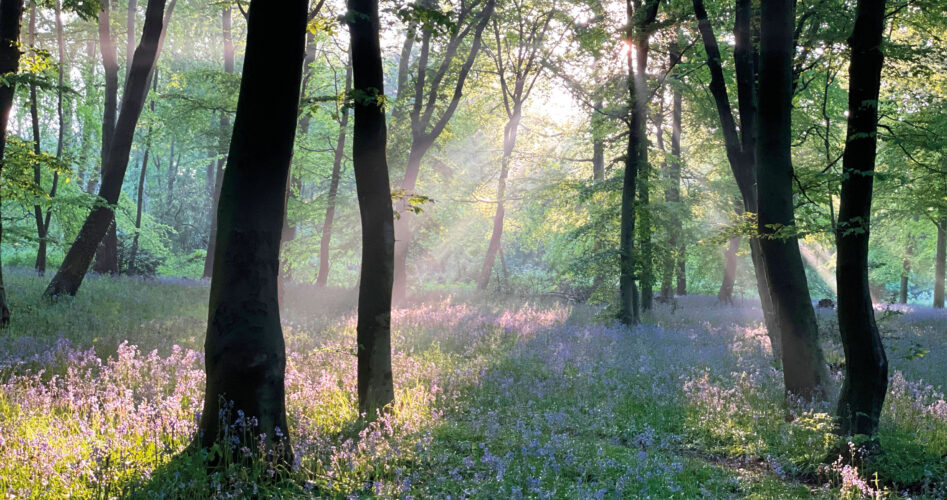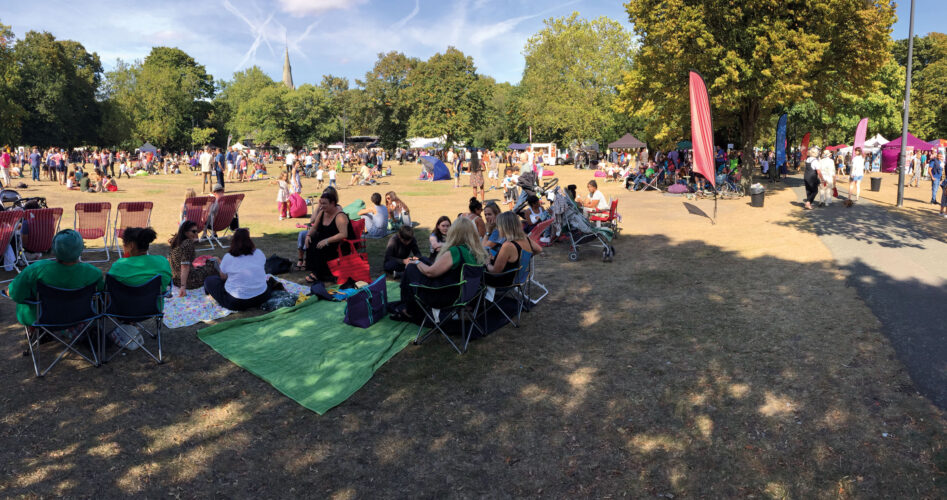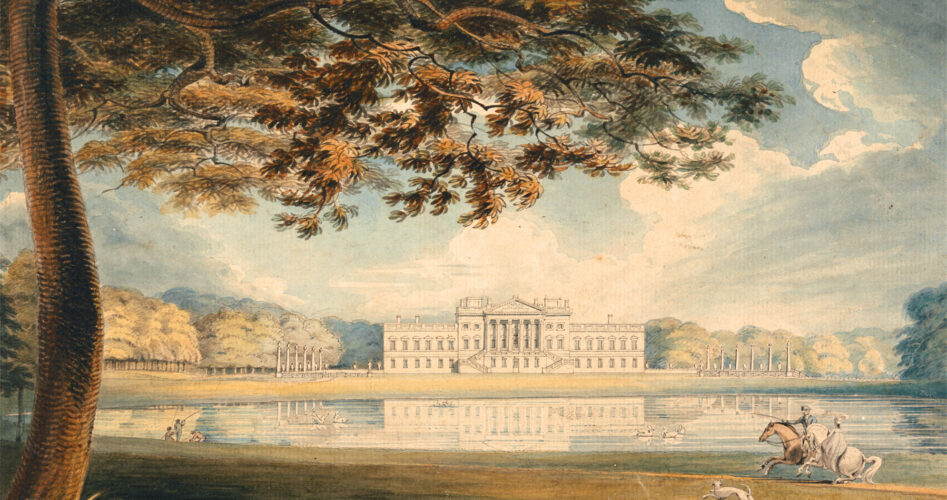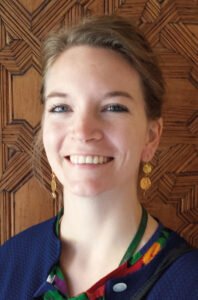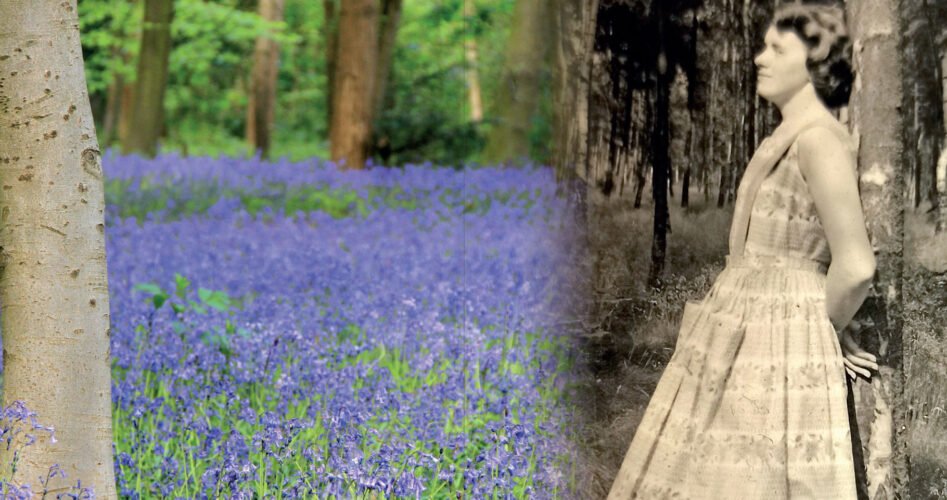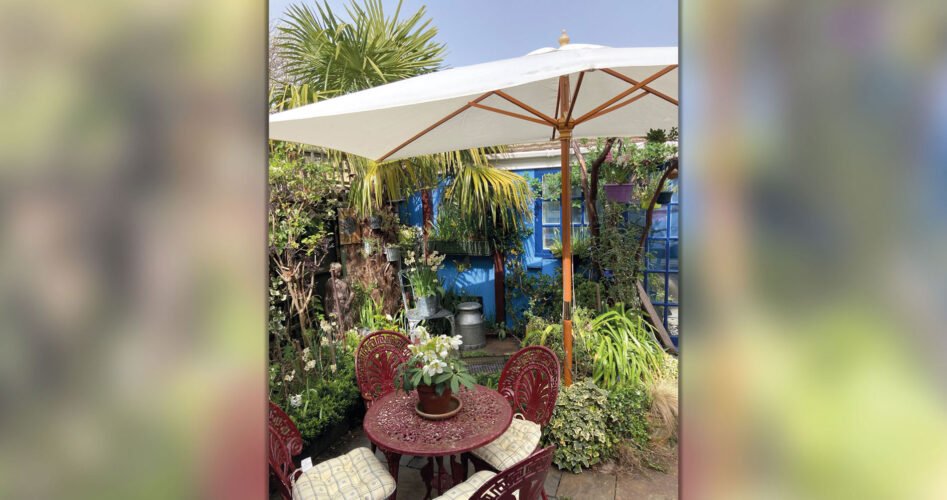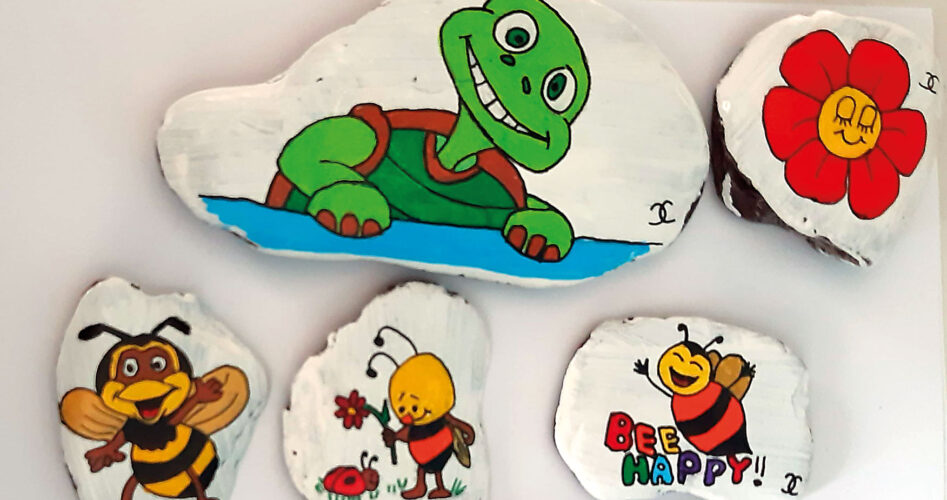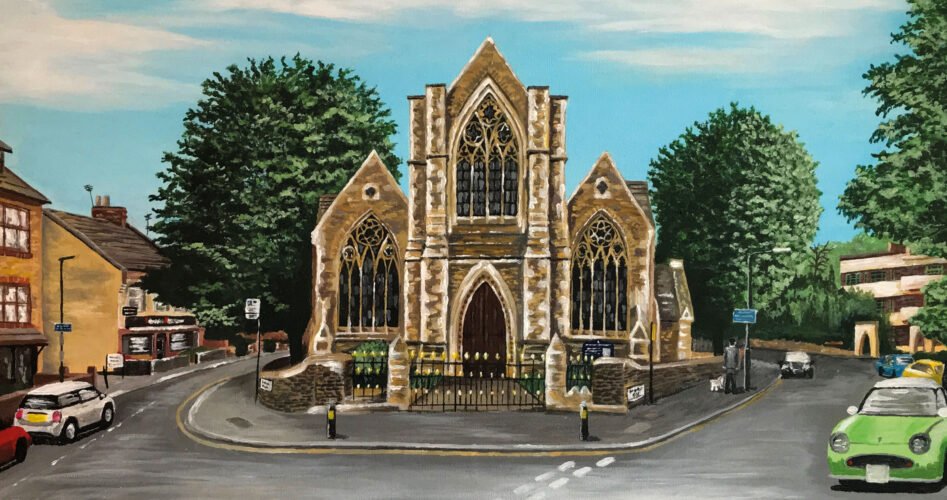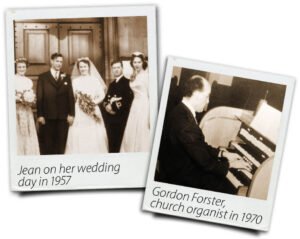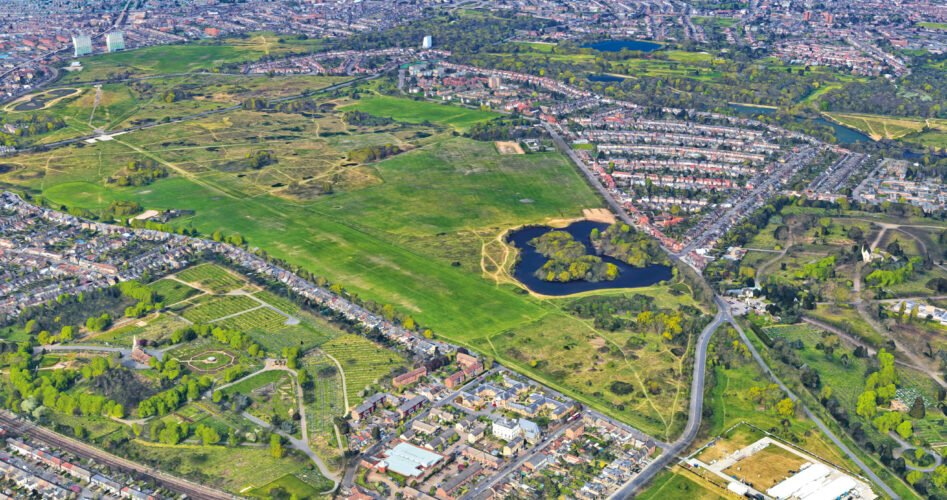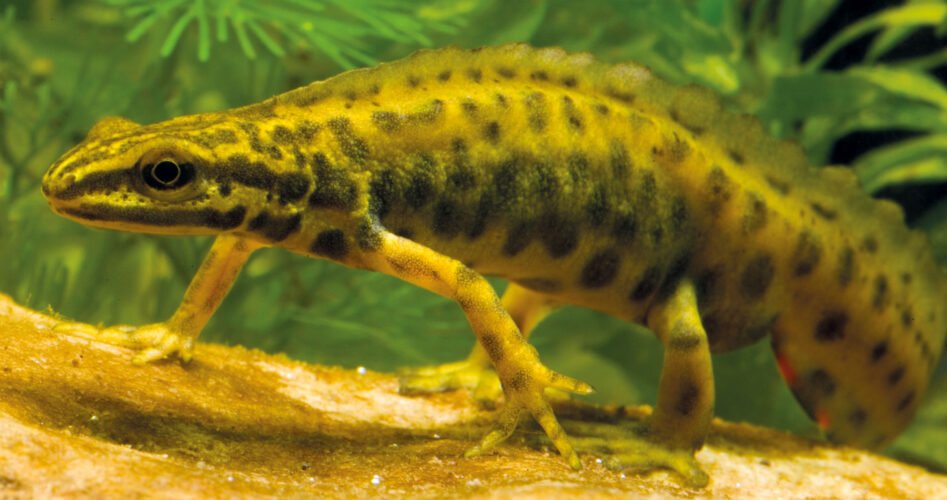John Sharpe of the Friends of Wanstead Parklands reports on the Wanstead Park Action Plan and the group’s ongoing collaboration with the City of London. Photo by Collette Curry
Once again, regular and casual visitors to Wanstead Park have been marvelling at the compelling display of bluebells this spring, and during last summer, a similar level of widespread entrancement was induced by the magical arrival of long-horned cattle in the park.
Many people using the park give little or no thought to the machinations underpinning the staging of these activities, which fundamentally rely on City of London management (through Epping Forest) and the stakeholder groups which interact with them.
Both the Friends of Wanstead Parklands and the Wren Group make significant volunteer contributions – for example, the Friends through supervision of cattle grazing and monthly litter picks, and the Wrens through seasonal briar clearance from the bluebell wood and other vegetation removal.
An equally important role of the Friends is our ongoing collaboration with the City of London concerning the management of the park. For over 10 years, the Friends of Wanstead Parklands has been urging the City to invest in Wanstead Park to remove it from the Heritage at Risk register and provide it with a sustainable future. A consistent perceived barrier has been the plethora of City committees through which park improvement proposals have to travel to reach approval.
In September 2020, the City of London was presented with a highly critical “warts and all” report by Lord Lisvane, criticising its model of governance, and specifically, the number of committees. This report is ostensibly already having an impact on how the City, through Epping Forest, interacts with the Friends. Three nominal City of London committees dealing with Wanstead Park have now been condensed into one, with options for ad hoc strategic meetings as and when necessary. This may turn out to be a positive development, which provides the opportunity for Wanstead Park business to be streamlined and associated actions speeded up.
Immediate indicators are good. The single stakeholder meeting for Wanstead Park is now headed up by a Park Verderer, and for the first time, this liaison group has been presented with a Wanstead Park Action Plan, scheduling what will be done and when for the period 2021 and 2022. This includes operational and capital works covering water management, entrances and paths, and major and minor projects, including renovation of the Grotto. A real statement of accountability.
So far so good… The potential reality, though, is that this will not be an easy transition for the City, as engrained cultures and working practices are difficult to change with any degree of speed.
Some staging points targeted on the action plan are already looking stretched. Initial work to the Grotto landing stage supported by the Heritage of London Trust is delayed, as is the replacement of park signage. The progression of both these projects and the works identified in the action plan will be a genuine test as to whether the City can become a more fluid and responsive organisation, which will enable them to meet their own objectives and get things done.
The other main challenge continues to be access to City funding. The risk to future park funding has now been exacerbated by the uncertainties arising from the impact of Covid-19 on City of London income, which has caused a brake to be applied to all but the most essential capital expenditure. This has been equally frustrating for both the Friends and Epping Forest management who – in addition – have had to manage the environmentally damaging consequences of an estimated 350% increase in Wanstead Park and Epping Forest users over the last year.
In the present environment, it is possible future projects will have to consider alternative mixes of private and public funding, with additional working party support from volunteer groups very much part of the package.
On behalf of Wanstead Park users, the Friends will be closely monitoring developments.
City Limits is a regular column featured in the Friends of Wanstead Parklands’ newsletter. For more information and to join the Friends, visit wnstd.com/joinfwp


